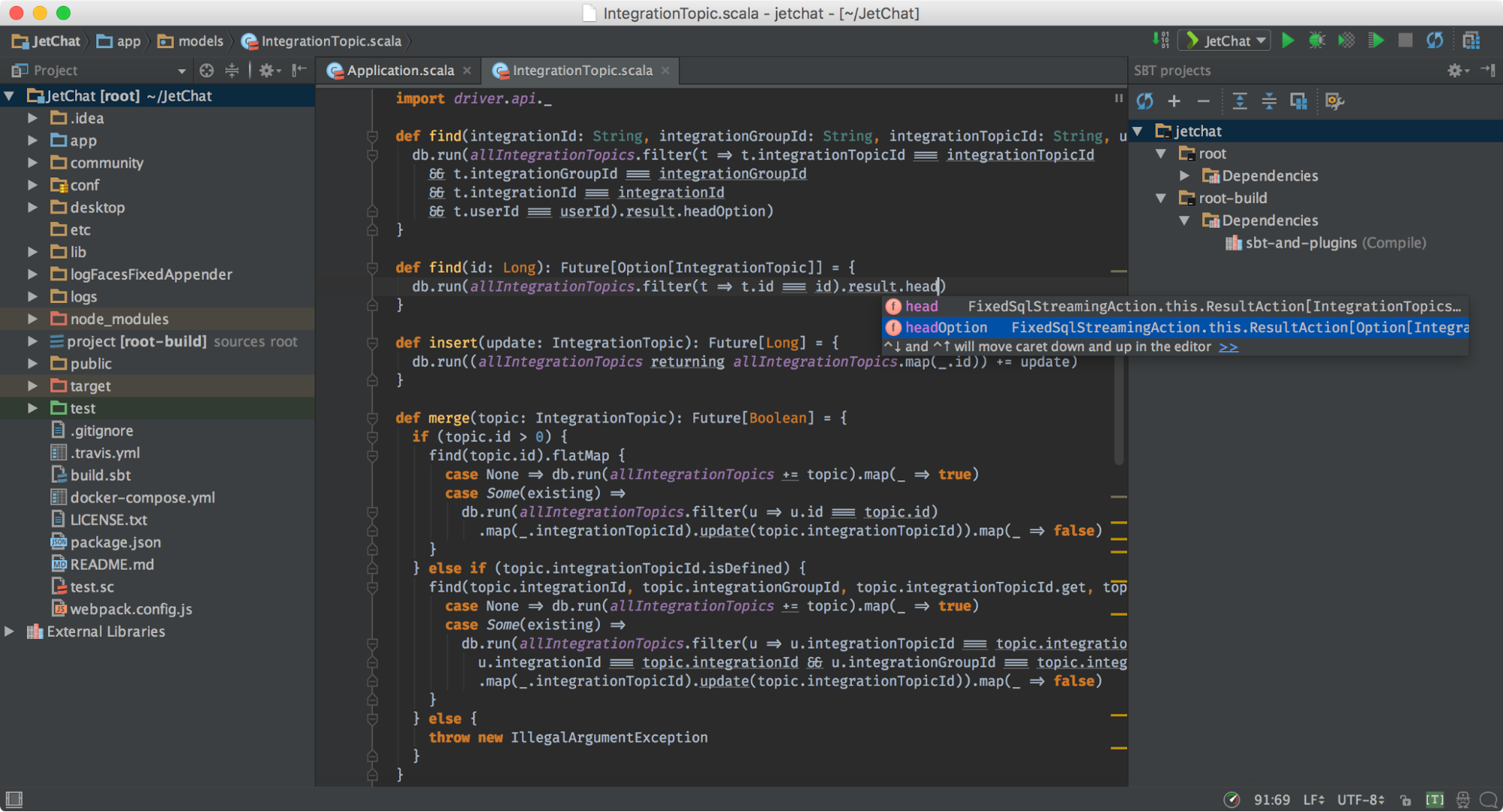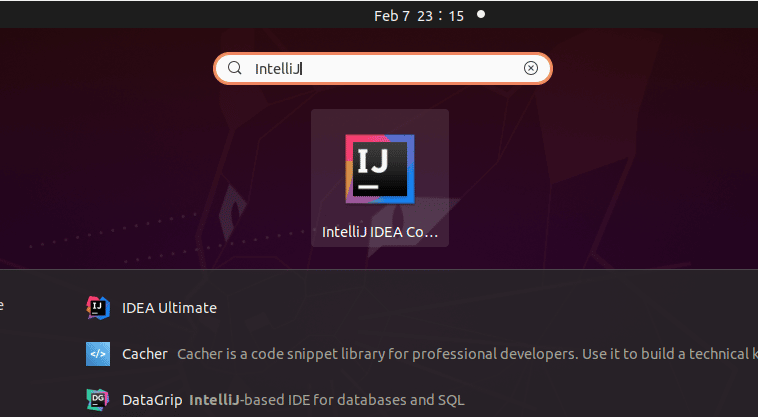

Maven is now installed on your system, and you can start using it. Java version: 11.0.7, vendor: Ubuntu, runtime: /usr/lib/jvm/java-11-openjdk-amd64ĭefault locale: en_US, platform encoding: UTF-8 The output should look something like this: Apache Maven 3.6.3 To verify the installation, run mvn -version: mvn -version Update the package index and install Maven by entering the following commands: sudo apt update sudo apt install maven Installing Maven on Ubuntu using apt is a simple, straightforward process. How to install Apache Maven on Ubuntu 18.04? Installing Apache Maven on Ubuntu 20.04 with apt # The instructions assume that you are logged in as root or user with sudo privileges To install the latest version of Maven, follow the instructions provided in the second part of this article that shows how to download the binary distribution archive from their official website.Ĭhoose the installation method that is most appropriate for your setup and environment. However, the version included in the repositories may lag behind the latest version of Maven. This is the easiest way to install Maven on Ubuntu. The official Ubuntu repositories contain Maven packages that can be installed with the apt package manager. In this tutorial, we will show you two different ways to install Apache Maven on Ubuntu 20.04. Maven uses a Project Object Model (POM), which is essentially an XML file containing information about the project, configuration details, the project’s dependencies, and more. Log out and back in to confirm the changes.Apache Maven is an open-source project management and comprehension tool used primarily for Java projects.

To solve this issue, add the current user to the Docker group via usermod command: sudo usermod -aG docker Ģ. You need to be able to access the Docker engine without using the sudo command.ġ. Not having the proper user privileges also triggers the error. Sudo chown :docker /your/file/location Method 4: Add Your User to the Docker Group

Finally, you can change the file ownership with:.dockerignore file to your current build, thus excluding the files your build can’t access. You can simply remove the files in question by deleting them, but this affects any other builds using the same files.There are several ways to resolve the issue of ownership of used files: If there is a problem with the file ownership, the error report will list out the files that the docker build command cannot access.ģ.

Check the output for each container, keeping an eye out for an “ cannot connect to the Docker daemon” error report.


 0 kommentar(er)
0 kommentar(er)
